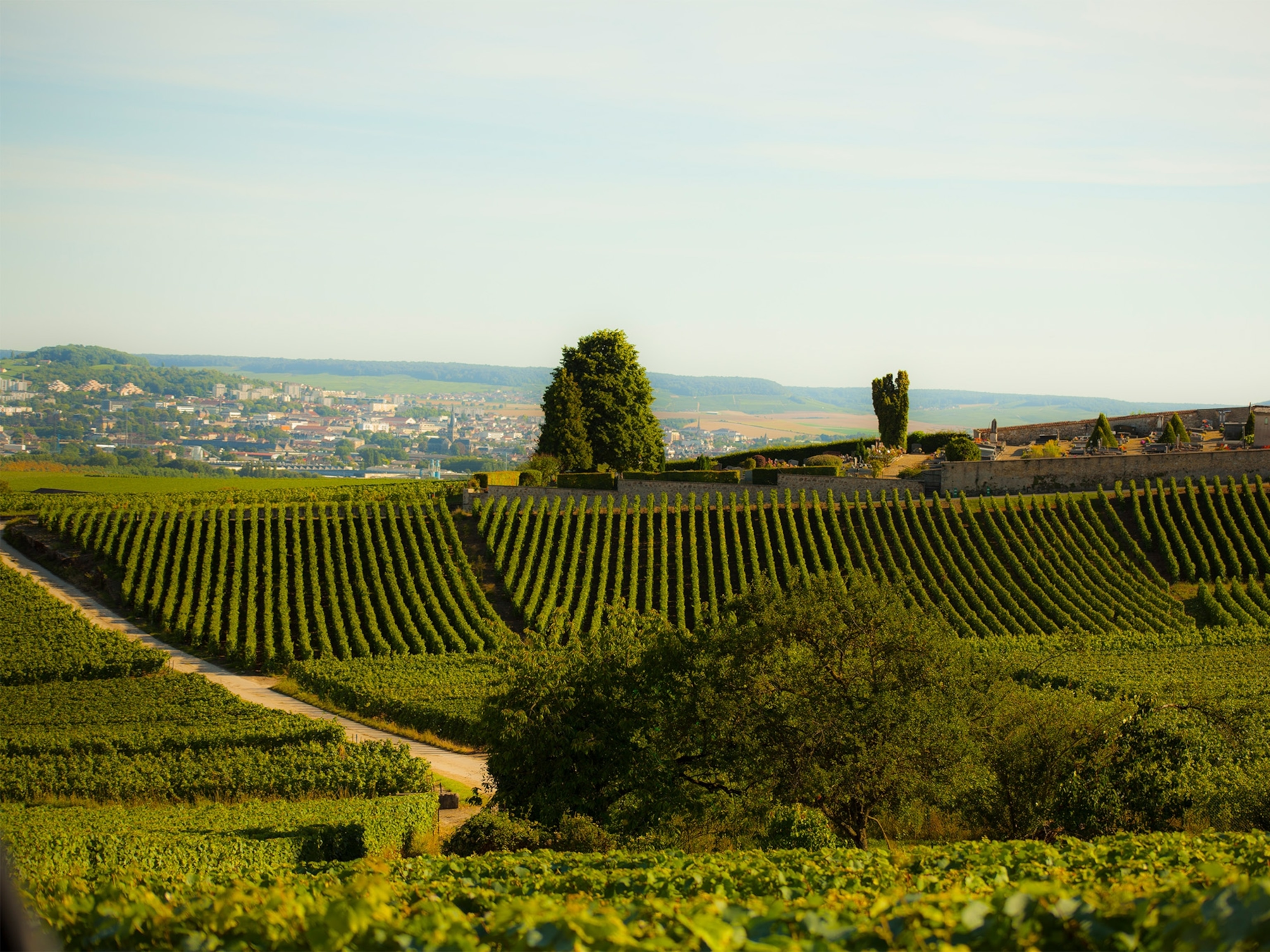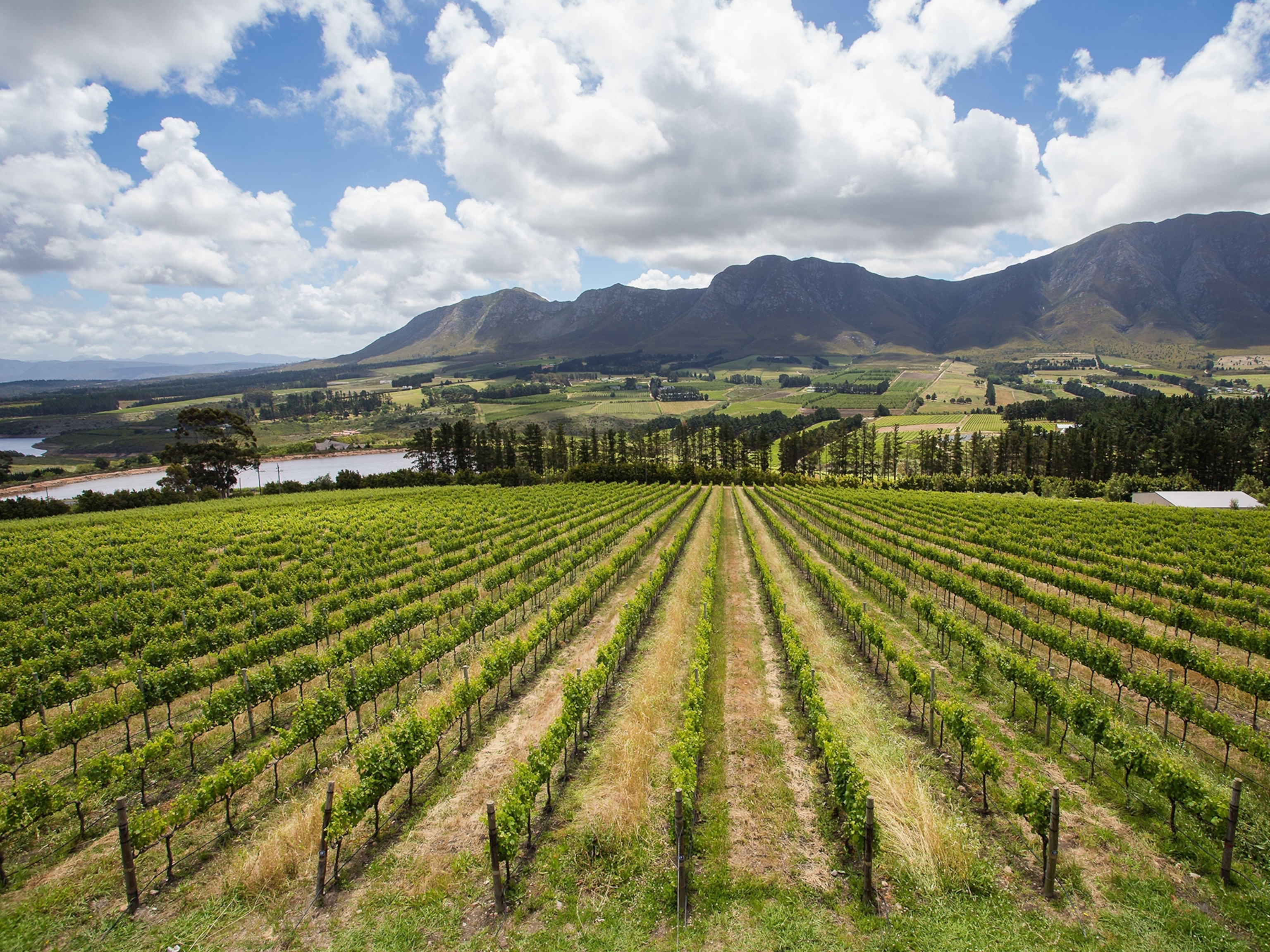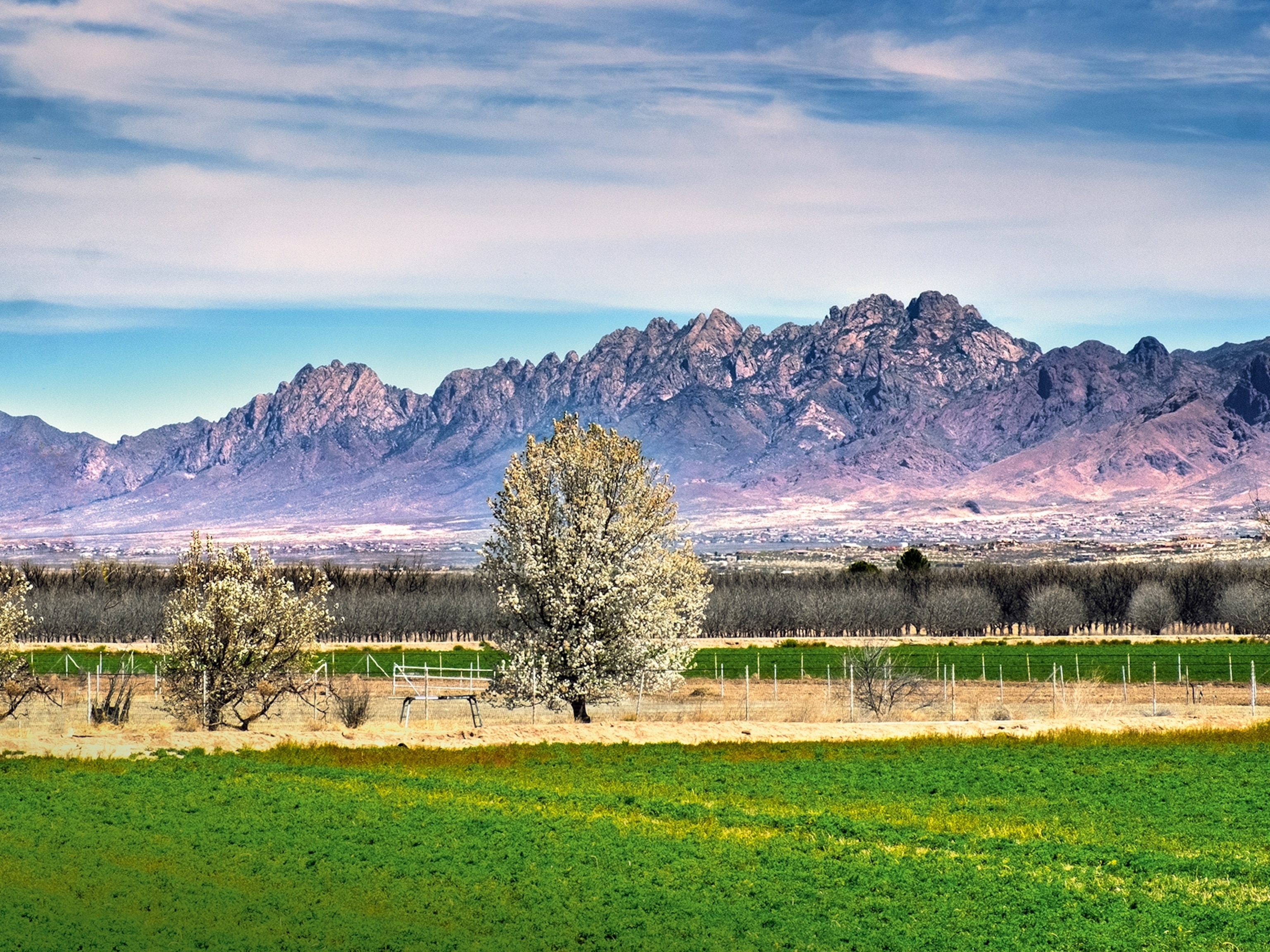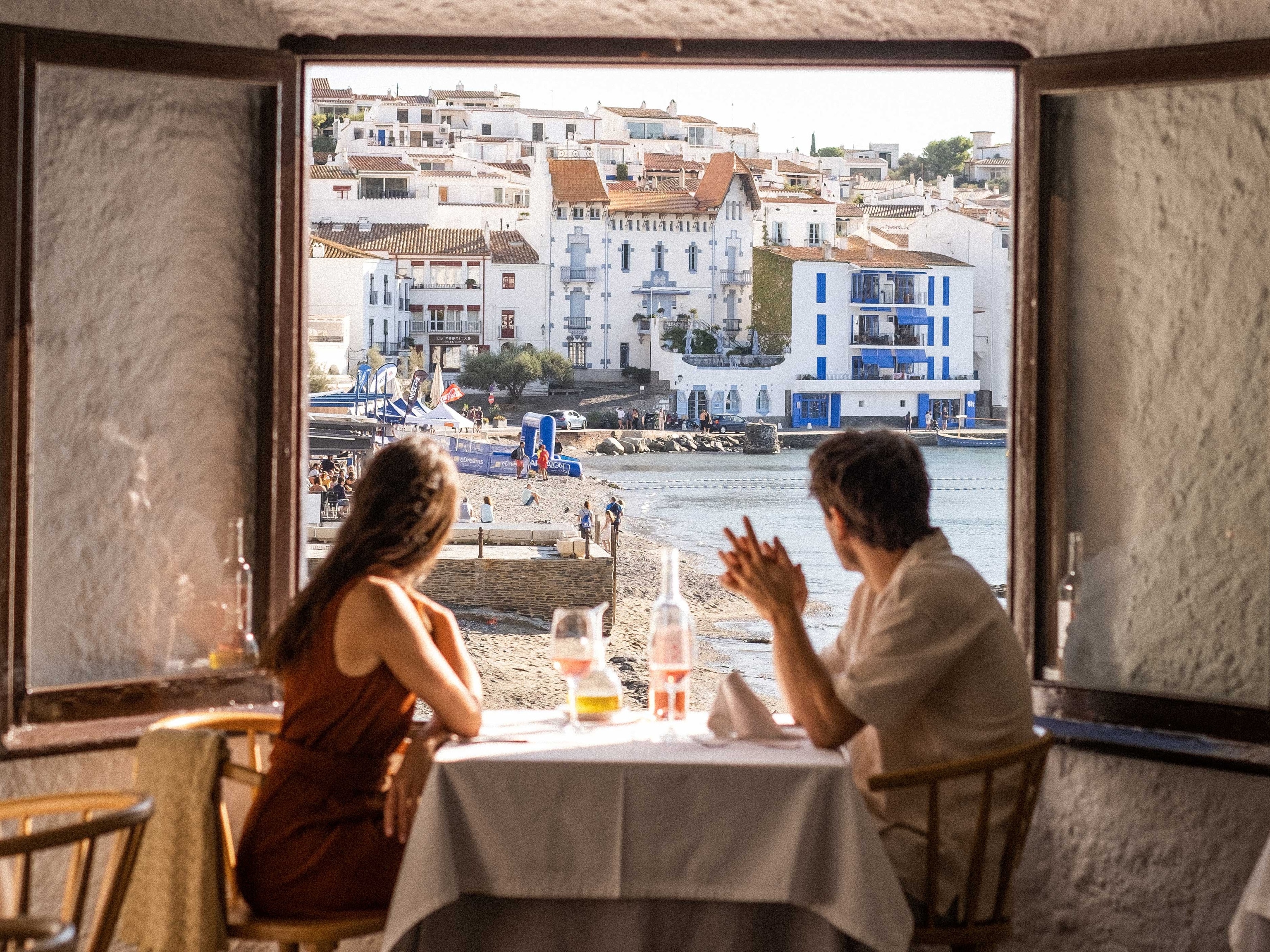How to plan a wine-tasting tour of Armenia
As Armenia prepares to host the 8th UN Tourism Global Conference on Wine Tourism between 11-13 September 2024, we round up the top wine regions and vineyards in the country that oenophiles shouldn't miss.

Before written history began, when humans first abandoned flint and began to fashion tools from copper and bronze, the Armenians were making wine. Indigenous grapes, cultivated in the country’s vast, mountainous valleys, were aged in cave-kept clay caskets called karas and churned into wine using various ancient methods for over 6,000 years. Today, Armenian vintners continue to till the land, working with the helter-skelter topography to create unique vintages and preserve the nation’s intangible viniculture heritage. This dedication to their craft has been recognised as Armenian wines continue to increase in global popularity and the country has been selected to host the 8th UN Tourism Global Conference on Wine Tourism this year. Here’s how to plan a grape escape of the country’s vineyards.
Armavir
Some 40 valleys comprise the Armenian uplands — a vast, elevated region in the South Caucasus, that's characterised by mountain ranges and high plateaus. In southwest Armenia, between Mount Aragats and Mount Ararat, is a historically significant valley that has been devoted to agriculture since the pre-Christian era, due to its favourable climate and terroir. Here you'll find the Armavir region with an altitude that varies from 900 to 1,000 metres above sea level, which is perfect for cultivating various native and international grapes, from Kangun, Garan Dmak, Mskhali and Haghtanak to Malbec, Montepulciano, Chardonnay and Chenin Blanc.

To get a taste of the wines on offer in Armavir, travellers can pair an excursion to its ancient ecclesiastical complexes with a venture into the vineyards, starting at Alluria Wines. This family-run business produces all-natural wines, made from native varieties fermented with wild, indigenous yeasts. Next, pay a visit to Karas Wine, named after the traditional clay vessels that have been used in the wine fermentation process since the Bronze Age. Take a guided tour to learn how the winery is recycling and restoring these ancient instruments to ferment and age 21st-century wines, followed by a drive through its volcanic soil vineyards. Move on to Voskeni Wines, a family-owned favourite, where visitors can pair their age-old blends with a traditional dish at the on-site restaurant and enjoy views of the mighty Mount Ararat from the terrace.
Ararat
Even in biblical records, the verdant foothills of Mount Ararat were carefully cultivated. Row upon row of tightly wound vines grow green against the backdrop of the colossal mountain, a feature so omnipresent that it’s become a symbol of Armenia itself. In its namesake province, farmers cultivate orchards of peaches and apricots, as well as vineyards producing red Haghtanak grapes.
To sample some local wines in the shadow of this emblematic mountain, travellers can drive roughly half an hour south of the capital, Yerevan, to Tushpa Wine Cellar in the village of Taperakan. Here, locally sourced grapes are aged in Caucasian oak barrels to create rich reds, such as the small family run Givany Winery, which remain true to local tradition. Afterwards, head to the neighbouring village of Ginevet to visit Vedi Alco, whose wines are made using Haghtanak grapes and native pomegranates and apricots.
Vayots Dzor
The province of Vayots Dzor, whose name translates to ‘whining gorge’ due to its frequent seismic activities, is perhaps the most well-known and prominent of all of Armenia’s winemaking regions. First inhabited in the early Bronze Age, this prehistoric settlement houses the world’s oldest known winery, the Areni-1 cave complex, where a 2007 excavation uncovered fermentation vats, storage jars, a wine press and shards of pottery that dated back more than 6,100 years. The area is also the birthplace of the country’s signature black grape, Sev Areni. Today, the grape is still used to create high-quality dry wines, characterised by their ruby colour, silky tannins and spicy aromas.

Travellers should tour the Vayots Dzor Highlands between the village of Areni and the city of Yeghegnadzor for wineries. Venues including Trinity Canyon Vineyards and Hin Areni Winery range from sleek operations to family-run farms. Another of the highlights is Zorah Wines, whose flagship wine, Karasi, is acclaimed by worldwide rankings. Visitors can round off their time in this region with a visit to Noa in Aghavnadzor, an estate which draws its name and inspiration from the biblical originator of vineyard cultivation, Noah, who was said to have planted the first vines on Mount Ararat.
Aragatsotn
Close to the village of Voskevaz in Aragatsotn, lies Saint Hovhannes, a seventh-century basilica that stands in semi-ruin. Its excavation revealed ancient clay karas and other evidence that its inhabitants had been making communion wine there for some 1,500 years. These medieval vintners are thought to have used grapes cultivated in the southern Ararat valley and transported them to the northerly region of Aragatsotn.
Learn all about this viticultural history at the Wine Museum of Armenia in Sasunik at the Armenia Wine Company, which presents the chronological stages of the development of Armenian wine, as well as its relationship with various areas of Armenian history and culture. A short drive onwards is Van Ardi, an award-winning boutique winery, where it's believed there's more to great-tasting wine than just the quality of the soil and weather, and where the vines are serenaded with classical, jazz and Armenian compositions from the bell tower. Voskevaz Winery is another great option to sample wines, made from endemic grapes aged in karas and Armenian oak barrels.
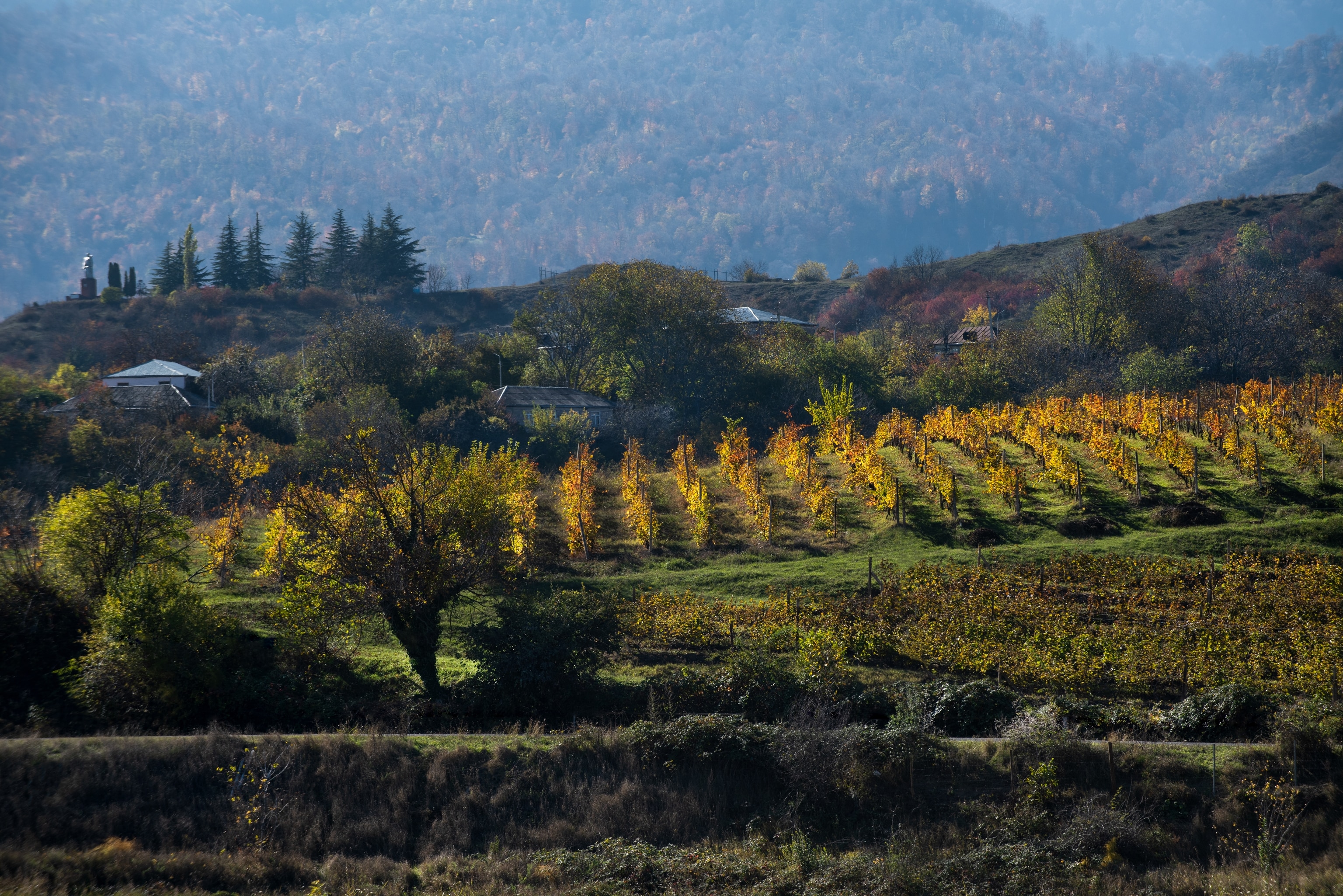
Tavush
Characterised by sheer, mottled cliffs and scenic alpine lakes, the mountainous region of Tavush marks the Georgia-Armenia border. Tavush’s alpine vineyards are made up of around 2,500 acres, many of which are devoted to growing Lalvari grapes, an indigenous grape variety used in light white and sparkling wines.
Get a taste of the northerly blends at Ijevan Wine-Brandy Factory, the main producer in the region and the most prolific wine enterprise in Armenia. Visitors can take a tour through its seemingly endless rows of vines and of the cellar where vintages have been aged since the 1970s. Then, have a go at producing your very own sparkling wine at Hovaz Wine Rooms, mixing different wines to make a personal and completely unique taste.
Kotayk
Peppered with the vestiges of Armenia’s ancient past, including Greco-Roman ruins and vast monastical complexes, the province of Kotayk has long drawn culturally inclined travellers. It’s also one of Armenia’s most innovative viticulture regions. Pay a visit to Manukyan Brandy Factory to learn about the entire production process, from manufacturing bottles to stoppering blends. Leaning on high-tech European equipment and the sun, soil and grapes of the Armenian highlands, the wines and brandies blended on site seamlessly merge modernity and tradition.
Yerevan
While its airy avenues and rose-hued facades won’t place travellers amid the agricultural action, Yerevan’s multitude of wine bars are ideal for those seeking unique wine experiences. Visit Gevorkian Winery, the modern progenitors of the Kakhani method — an ancient technique that involves drying grapes from Vayots Dzor on ropes to create delicate dry and dessert wines. The winery is also the only one in the capital offering up ice wines, a golden concoction drawn from glaciated grapes.
Embrace full immersion at Wine & Grapes Spa, with wine bathing, wine steaming, grape pulp skin peels and massages with grape seed oil all on offer. Finish up on Saryan Street, also known as the 'wine street of Yerevan'. A leafy thoroughfare packed with bustling eateries and quaint, wooden wine bars, head to places such as In Vino, which serves local tipples alongside delicious meat and cheese platters, or visit Decant, a three-year-old wine shop and tasting room. If you can, visit in early June to try country-wide samples at the annual Yerevan Wine Days festival.
While there are no direct flights to Armenia from the UK, travellers only need to make a quick pitstop in Paris or Vienna to reach Yerevan. From the Armenian capital, rent a car or opt for day tours into the surrounding countryside to reach the nation’s remote mountainside wineries and historic vineyards. Armenia even has specifically trained wine tour guides who can help you discover more about Armenian wine. For more information, visit armenia.travel
To subscribe to National Geographic Traveller (UK) magazine click here. (Available in select countries only).


